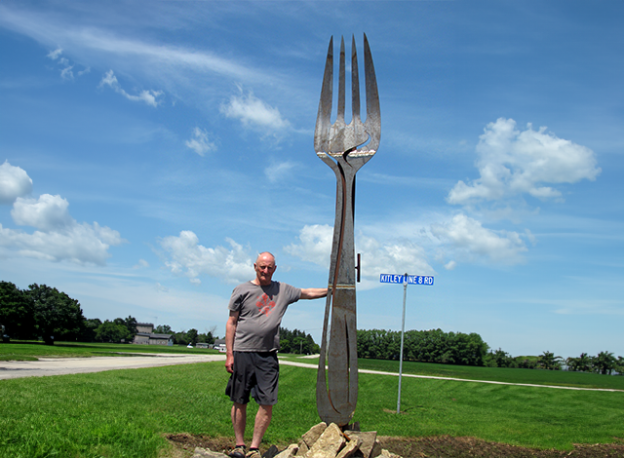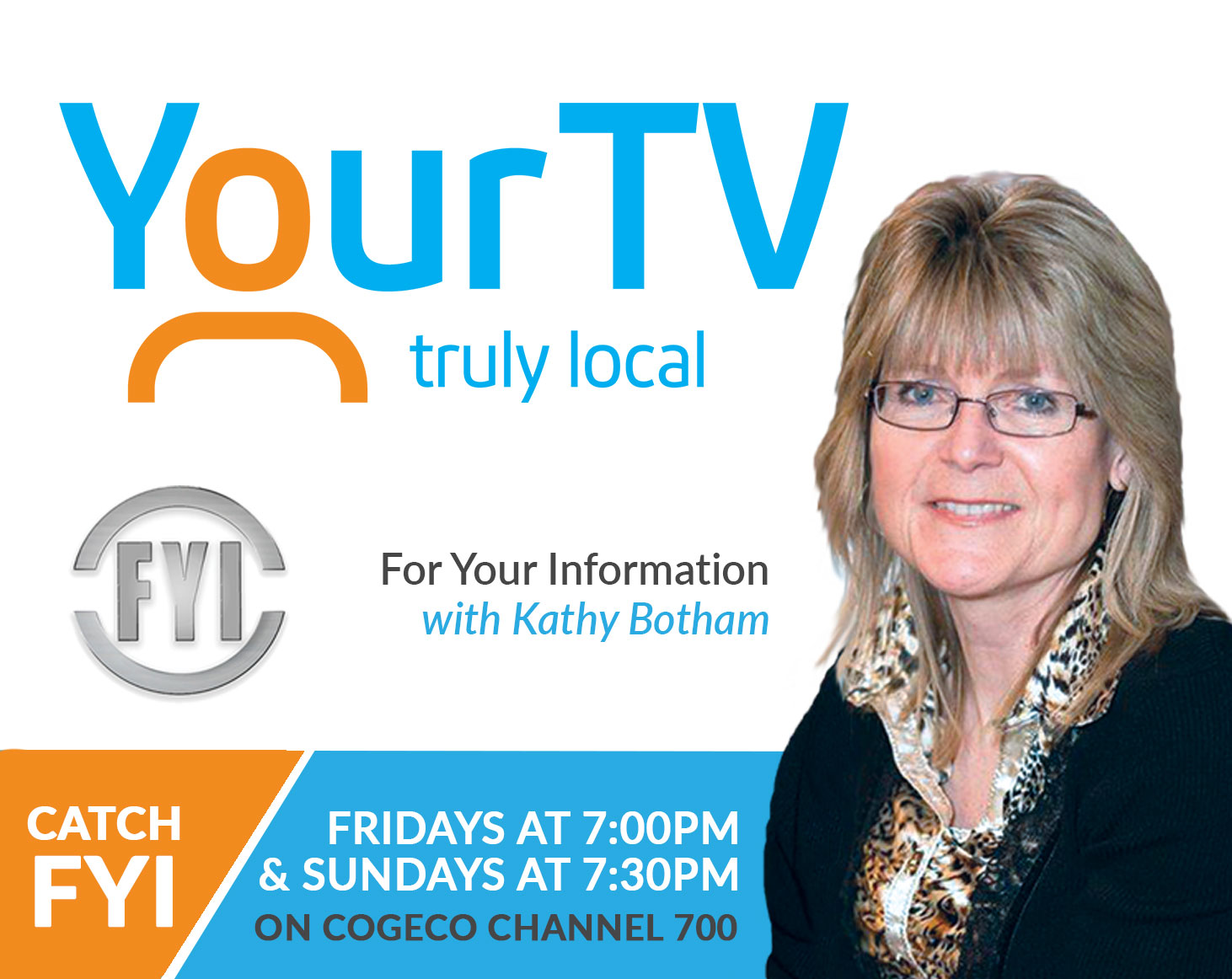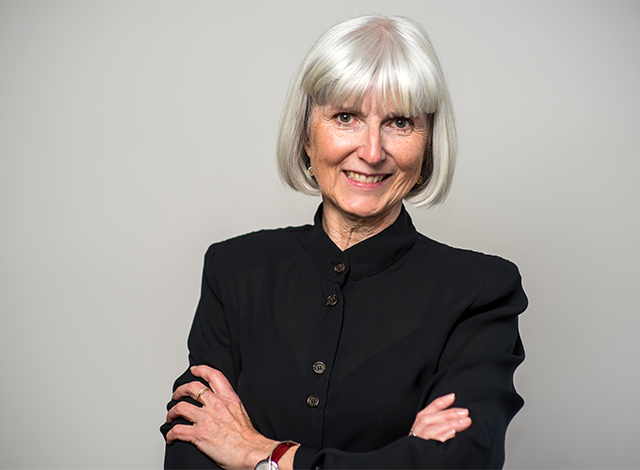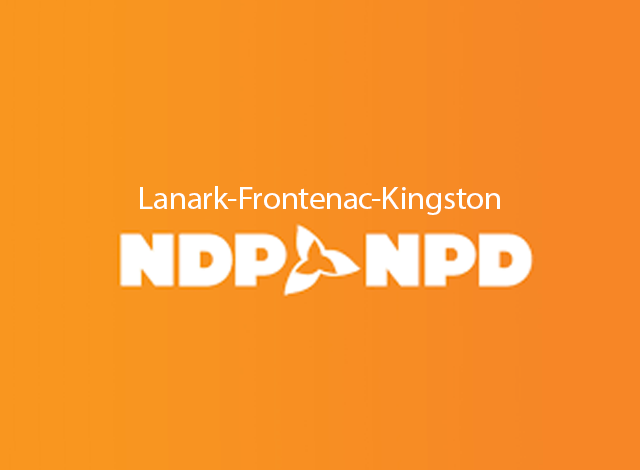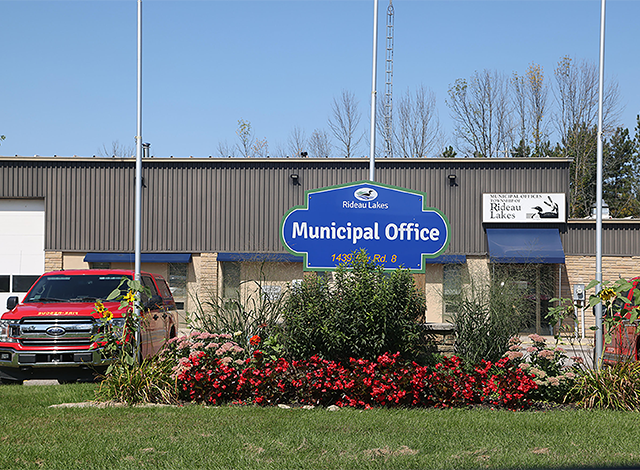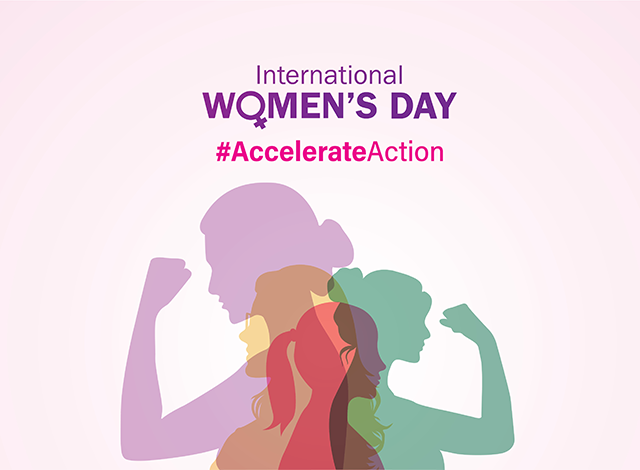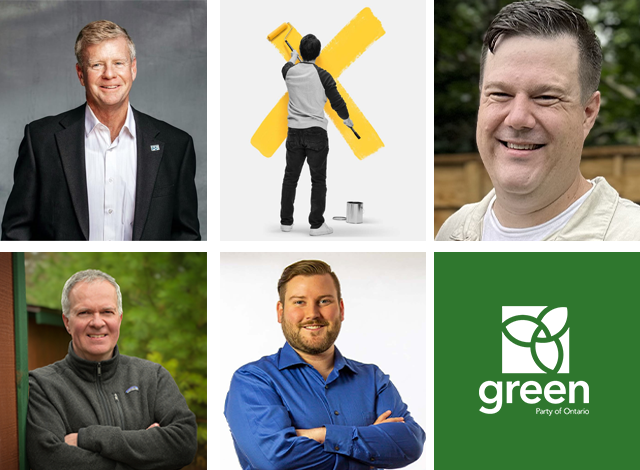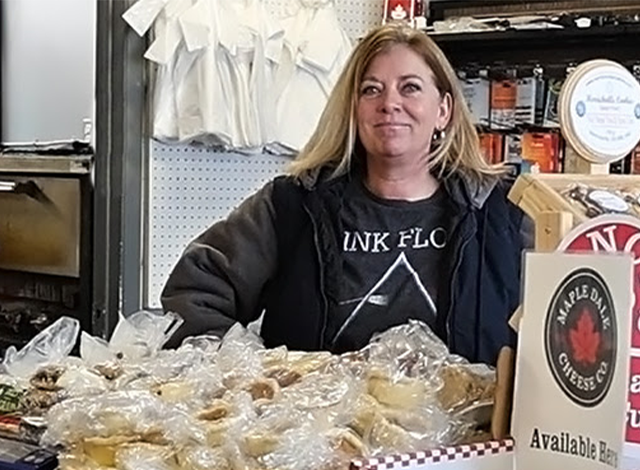Sally Smiths
It doesn’t take a lot to get a good idea off the ground.
Anne Janssen knows this.
Talk to her about the in-the-works Hospice Hub for the Perth-Smiths Falls area and she’ll tell you why it’s good. The community is one of the oldest [in age] in all of Ontario, she’ll say, and people are moving here to retire, as well, she says, but not spoken — to die.
So the idea is not just good — it’s critical.
“We’re all getting closer to D-Day,” she adds a bit flippantly, but she knows the intimacy of death well; she cared for her sister Akka as she died.
And while good, the idea has to be solid — with good planning, good groundwork and, of course, money to get it off the ground.
So far at least two major donors, plus the Masonic Lodge, and Perth’s 2025 Polar Bear Plunge have contributed to give the Hospice a great beginning.
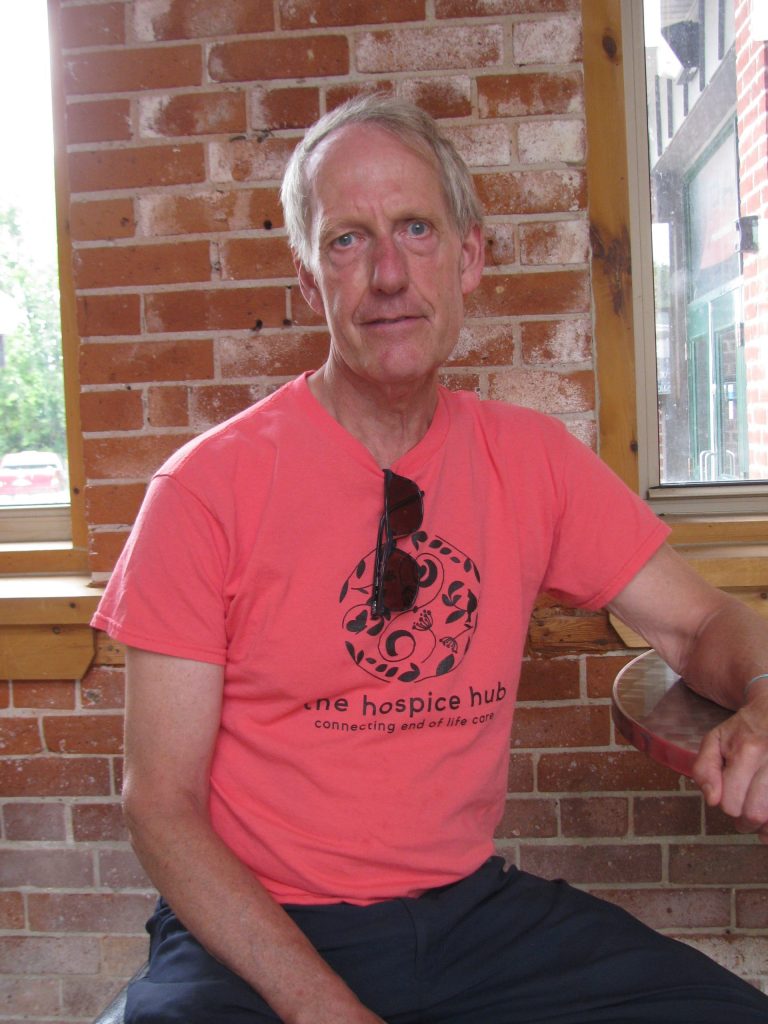
Bill Gibbons is one of those donors, Alfred Von Mirbach another, while the Masonic Lodge has contributed $10,000.
Gibbons is a quiet, reserved man; he doesn’t like the spotlight, prefers anonymity. His donation is $25,000.
Asked why he gave, he says briefly “It’s a good cause.”
If pushed a bit, he adds ”…local people are doing lots of work to get the Hospice up and running and they need money to do it.
“I happen to have some.”
Prod him a bit more: “I’m going to die sometime…hard to believe,” he says with a slight grin. “When you’re young you don’t believe it, but with the problems with the medical system now, hospice care is desperately needed.”
So he sent Janssen a cheque.
Alfred Von Mirbach is just as introspective…but talks more. He’s leaving the remainder of his estate, whatever it will be…”a substantive amount”… to the Hospice.
He, like Gibbons, has done the initial palliative training; another session starts in January. He thinks back to the time his parents died when he had “no training and no skills” and just “stumbled through it.
“We so need this,” he says now, remembering that time. “A hospital environment is not where anyone wants to be…”
The Hike for Hospice in June raised $80,000, Von Mirbach says in awe, and the forthcoming 2025 Polar Bear Plunge has dedicated its take to the Hospice.
The eventual goal is a home, or a Hospice building, but Hospice volunteers will start late summer “hopefully,” Von Mirbach says, going into the community, pairing with a dying individual “not as a caregiver,” he adds, “strictly as a companion, maybe three hours a week…maybe twice a week with the goal to sit and listen, hold hands, do small projects…”
For the family, it’s relief; perhaps they’ve heard those family stories many times. The Hospice volunteer comes in, has time to “sit, listen to the stories, annotate photos, play Rummy, record voice memos…
“For me, that’s good,” Von Mirbach says.
“This is just such a vital need in the community. It’s an honour and a privilege. It’s unfolding fast with thousands of people reaching in right away not knowing anything about it, hoping word gets out and people find ways to support it — through activities, or coming to sessions on grieving, or deciding to get more involved.
“We’re all getting there. We’re under-serviced at home. There’s a better place than the hospital during the palliative process.”
Back to Janssen. She’s the behind-the-scenes Energizer Bunny getting the Hospice off and flying. Lots of events have coalesced just at the right time, she says, to give the Hospice a good solid beginning.
This is her hope. She knows there are people who could — right now — be recipients of care but the foundations for the project have to be solid, volunteers trained and willing and with a vision for what’s to come in place.
The first cohort has been trained — some in bereavement, some in home support — with another to start in the new year.
Janssen recalls events during Covid when families were cautioned, or even prevented, from seeing each other even though older members were dying. “It was complete idiocy,” she says a bit acerbically. “There was so much grief…”
So this is the plan.
“For those who can’t die at home, don’t want to die at home, who don’t have a community or a family who can look after them, there are four beds allocated — they will have a Hospice residence.”
And this is where all the fundraising comes in — the push is to build or find a residence…and to keep going.
“It’s a huge on-going cost,” Janssen says, “ — software, materials, salary, core money…because as soon as the aging population is elderly, more care is required.
“Some deaths are easier,” she shrugs a bit, but folks who have Hospice care, care in community…have better deaths.
She goes into a bit of detail about a might-be Hospice building. “It doesn’t have to be fancy and incredible…but there are a lot of standards.
“There has to be enough room for nurses to gather and rest, the air circulation has to be good, each full-sized room has to have a shower, there has to be a place for the family to stay, a kitchen…
“We can put on additions if need be…there are many options, we’re creative,” she grins. One thing for sure, though: “Every dollar must be well spent and thought through…it takes time.”
Even before that though, a day-hospice is in the thinking — in a church meeting room perhaps for people to come and enjoy a home-cooked meal, to chat, for Reiki, to get away, read a book…
Right now the annual budget is $250,000 to keep all programs going; if and when it becomes a hospice residence it’ll be $500,000 — it doubles.
“It seems ambitious,” Janssen says, “but it’s attainable.”
Look for Hospice Hub information kiosks at the Stewart Park Festival in mid-July in Perth; read Hope for the Best and Plan for the Rest by Dr. Sammy Winemaker and Dr. Hsien Seow. There’s a forthcoming Palliative Care Education Day (November 28) with those two doctors (stay tuned), and don’t forget the 2025 Polar Bear Plunge.
Just “never doubt what a small group can do,” Janssen grins.





